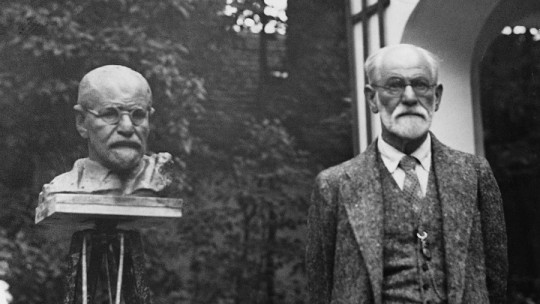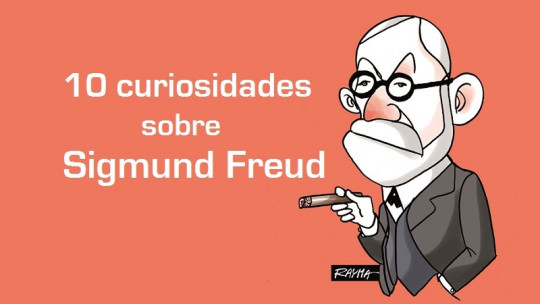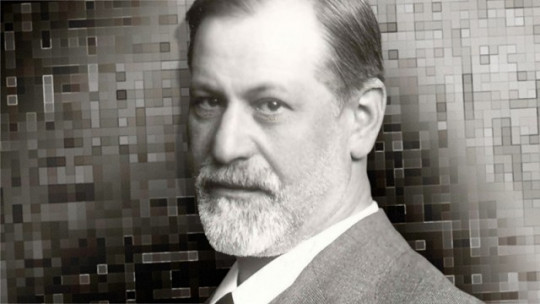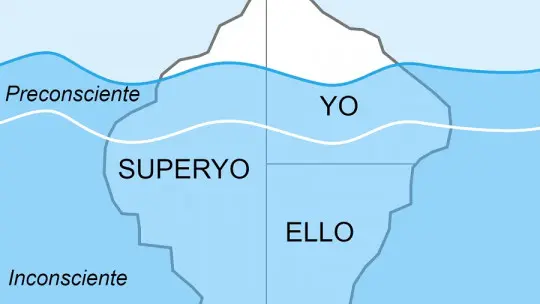Psychoanalytic theory is very interesting, mystical and often quite confusing. It is not surprising, given that it was one of the first psychological approaches in history and, with the science of the mind still in its infancy, it was to be expected that the theories related to it still had to be clarified.
Among the most interesting psychoanalytic proposals we have Sigmund Freud’s metapsychology a rich set of proposals on how the human mind is organized and functions, although it could also be said that it abuses mysticism and is unclear.
Next we will try to understand what this metapsychology is, how Sigmund Freud tried to describe the structure of the mind and what energies are behind psychological functioning.
What is metapsychology?
Metapsychology is the most abstract and theoretical part of Sigmund Freud’s psychoanalysis. It is a very complex theory in terms and, to tell the truth, it could even be considered a bit mystical. It is the part of Freudian theory that tries to explain mental functioning, personality and behavior based on general principles
The term “metapsychology” was developed by Freud himself in 1896, to designate the psychology he founded in its most theoretical dimension. Metapsychology develops a set of conceptual models to a greater or lesser extent distant from experience, such as the fiction of a psychic apparatus divided into instances, the theory of drives, the process of repression and so on.
The formulations of metapsychology describe mental phenomena in terms of the fictitious psychic apparatus, and contain references to topographical, dynamic and economic aspects of each phenomenon. Topographic aspects refer to the location of phenomena within the psychic apparatus, that is, both in the id, the ego or the superego.
The dynamic aspects refer to the instincts involved, and the economic aspects refer to the distribution of energy within the psychic apparatus In addition to the economic, topographical and dynamic vision, Freud speaks of other visions:
Economic point of view
This vision qualifies everything that is related to the psychic processes involved in the transport and distribution of an energy that would be the basis of human behavior. This energy, which would explain the drives, would be like any other, that is, susceptible to increase, decrease and equivalence with respect to other energetic actions of the psyche. The idea of energy raised by Freud is used to clarify changes in attention, interest or commitment from one object to another in one activity to another
The economic approach consists of considering the cathexes (energy that joins a group of representations) in their mobility, their changes in intensity, the oppositions that are established between them (countercathexes). Economic considerations are found throughout Freud’s work; for him a complete description of a psychic process would not be possible without appreciating the economy of cathexes.
It should be said that The psychoanalytic idea of energy proposed by Freud is not free from controversy Although it can be understood as the motivational aspect or a psychological representation of the action, there are those who would believe that this idea is somewhat mystical, like the rest of Freudian metapsychology.
dynamic point of view
This point of view refers to the psychic phenomena resulting from a psychological conflict. This idea has a lot to do with the Freudian concept of the unconscious, since it would be the most dynamic dimension of the human mind, since its permanent action influences consciousness, regulates repression and is directly related to psychopathology from the original psychoanalytic perspective
Topographical point of view
When we refer to the topographic aspects of metapsychology we are referring to the theory or point of view that it implies. a differentiation of the psychic apparatus into a certain number of systems endowed with different characteristics or functions , placed in a certain order. This is what allows us to consider them, in a metaphorical sense, as psychic places, hence the “topographic” word.
The first tomographic conception of the Freudian psychic apparatus is represented in chapter VII of “The Interpretation of Dreams” (1900), although it already had its origins in “Scientific Psychology Project” (1895). In this first proposal of the topic, he already distinguishes between three systems within the apparatus itself: unconscious, preconscious and conscious. The relationship between these systems and the existence of censorship would be what would determine the person’s memory capacity, especially related to psychological trauma.
The topographic division is also given in the form of instances, which would be the following three:
It should be said that The topographic idea proposed by Freud can be confused with the anatomical-functional ideas of the brain , strongly popularized in the times of the psychoanalyst. Thanks to the findings of Wernicke, Broca and other neurologists, the idea that cognitive functions were located in different regions of the brain became increasingly stronger.
However, as curious as it may seem, Freud It does not present the topographical point of view as something that indicates where the conscious, the unconscious and the preconscious are located in the brain It rather refers to where one is in a psychic system, of a rather abstract and intangible type.
Freud, in his metapsychology, considers that the unconscious is organized as if it were a file system, even a library. In his work “Studies on Hysteria” (1895), he describes a conception of the unconscious that is organized in strata, where memories would be arranged more or less close to a pathogenic nucleus, which would represent the traumatic memory. crystallized.
Final reflection
Freudian metapsychological ideas have been an aspect considered fundamental in early psychoanalysis, although it is not very clear what Freud means by topographic, economic and dynamic. He tried to explain them further during his lifetime, and other authors have tried to expand on his principles. However, on many occasions, these three aspects have been defined in a somewhat vague way, and even some of the ideas proposed by Freud himself overlap between visions, especially the economic and topographical ones.









